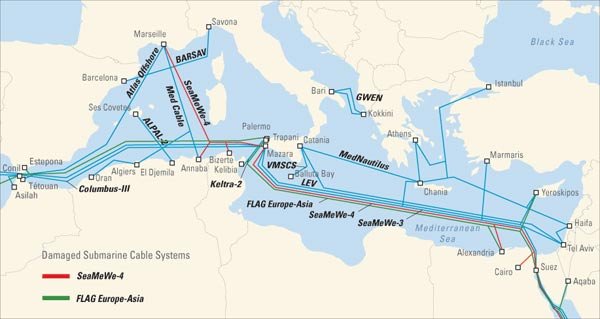The internet is often described as a vast, open network that connects people and information from all over the world. However, this description is not entirely accurate. The internet is actually made up of a complex network of physical infrastructure, including undersea cables, data centers, and internet exchange points (IXPs). These physical components can be vulnerable to disruptions, censorship, and surveillance, which can have significant impacts on internet users. One key concept that helps us understand these vulnerabilities is the idea of “internet choke points.”
What are Internet Choke Points?
Internet choke points refer to the physical or virtual points of control that can be used to restrict, monitor, or manipulate internet traffic. These choke points can be found at various levels of the internet infrastructure, including:
-
Network infrastructure: Internet exchange points (IXPs), data centers, and undersea cables are all critical components of the internet’s physical infrastructure. Disruptions or outages at these points can have significant impacts on internet connectivity.
-
Internet service providers (ISPs): ISPs are the companies that provide internet access to consumers and businesses. They can control and manipulate internet traffic, and can be forced to do so by governments or other actors.
-
Government surveillance and censorship: Governments can use internet choke points to monitor and control internet traffic, often in the name of national security or public safety.
Types of Internet Choke Points
There are several types of internet choke points, including:
-
Internet exchange points (IXPs): IXPs are physical locations where different networks interconnect, allowing data to be exchanged between them. They are critical components of the internet’s infrastructure, and can be vulnerable to disruptions or outages.
-
Data centers: Data centers are large facilities that house servers and other equipment for storing and processing data. They can be vulnerable to physical attacks, power outages, and other disruptions.
-
Undersea cables: Undersea cables are critical components of the internet’s physical infrastructure, carrying data between continents and regions. They can be vulnerable to physical damage, such as cuts or outages.
-
ISPs: ISPs can control and manipulate internet traffic, and can be forced to do so by governments or other actors.
-
Government surveillance and censorship: Governments can use internet choke points to monitor and control internet traffic, often in the name of national security or public safety.
Examples of Internet Choke Points in Action
There have been several examples of internet choke points being used to restrict, monitor, or manipulate internet traffic. Some examples include:
-
Egypt’s internet shutdown: In 2011, the Egyptian government shut down the internet in an attempt to suppress political protests. This was done by ordering ISPs to stop providing internet access, and by physically disconnecting undersea cables.
-
Turkey’s internet censorship: Turkey has a history of censoring internet content, including social media and news websites. This is often done by forcing ISPs to block access to specific websites or services.
-
China’s Great Firewall: China’s Great Firewall is a sophisticated system of internet censorship and surveillance that uses a combination of technical and physical measures to control internet traffic.
Conclusion
Internet choke points are critical components of the internet’s infrastructure, and can be vulnerable to disruptions, censorship, and surveillance. Understanding these choke points is essential for protecting internet freedom and promoting a more open and secure internet. By recognizing the potential risks and vulnerabilities of internet choke points, we can work to build a more resilient and open internet for all.




